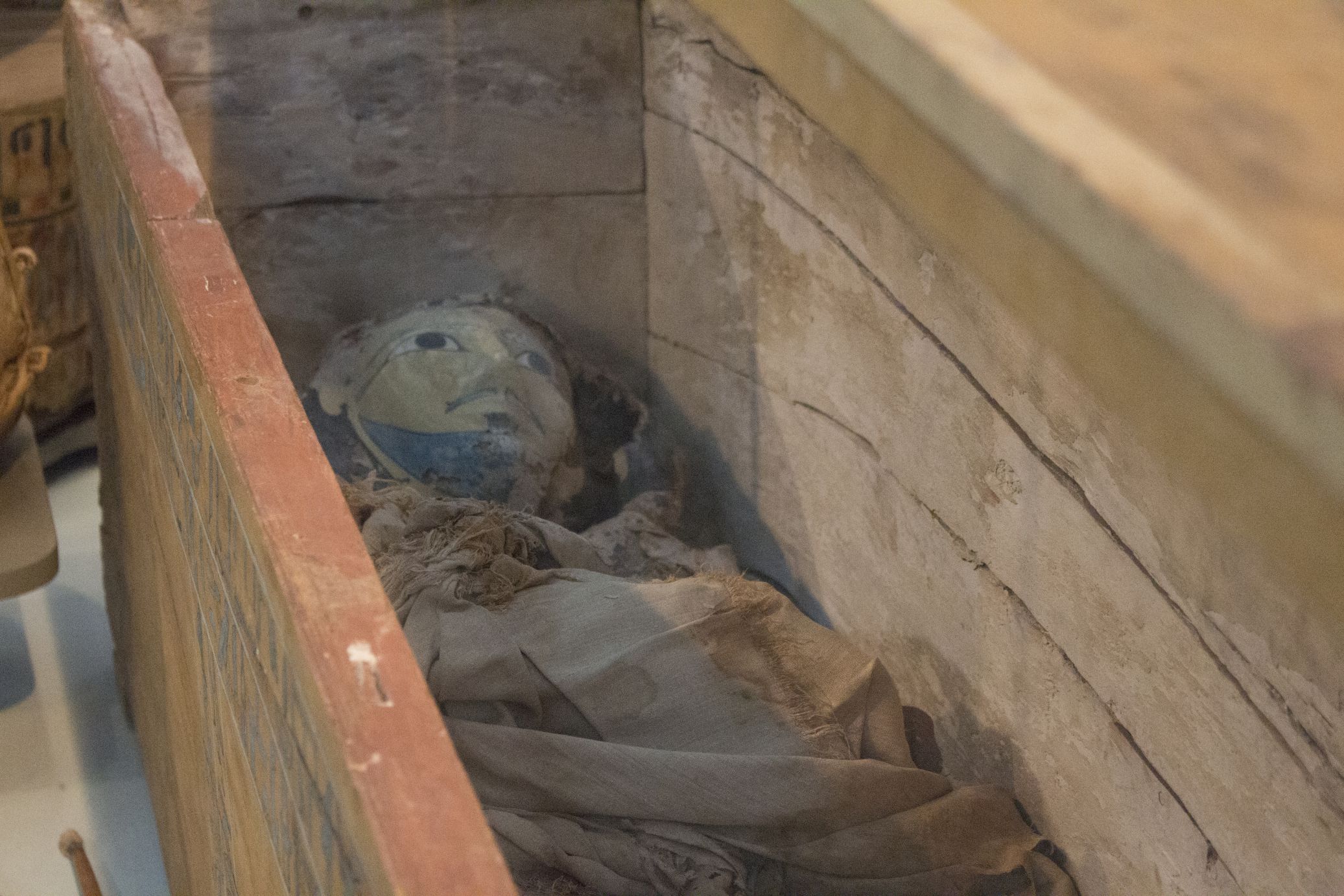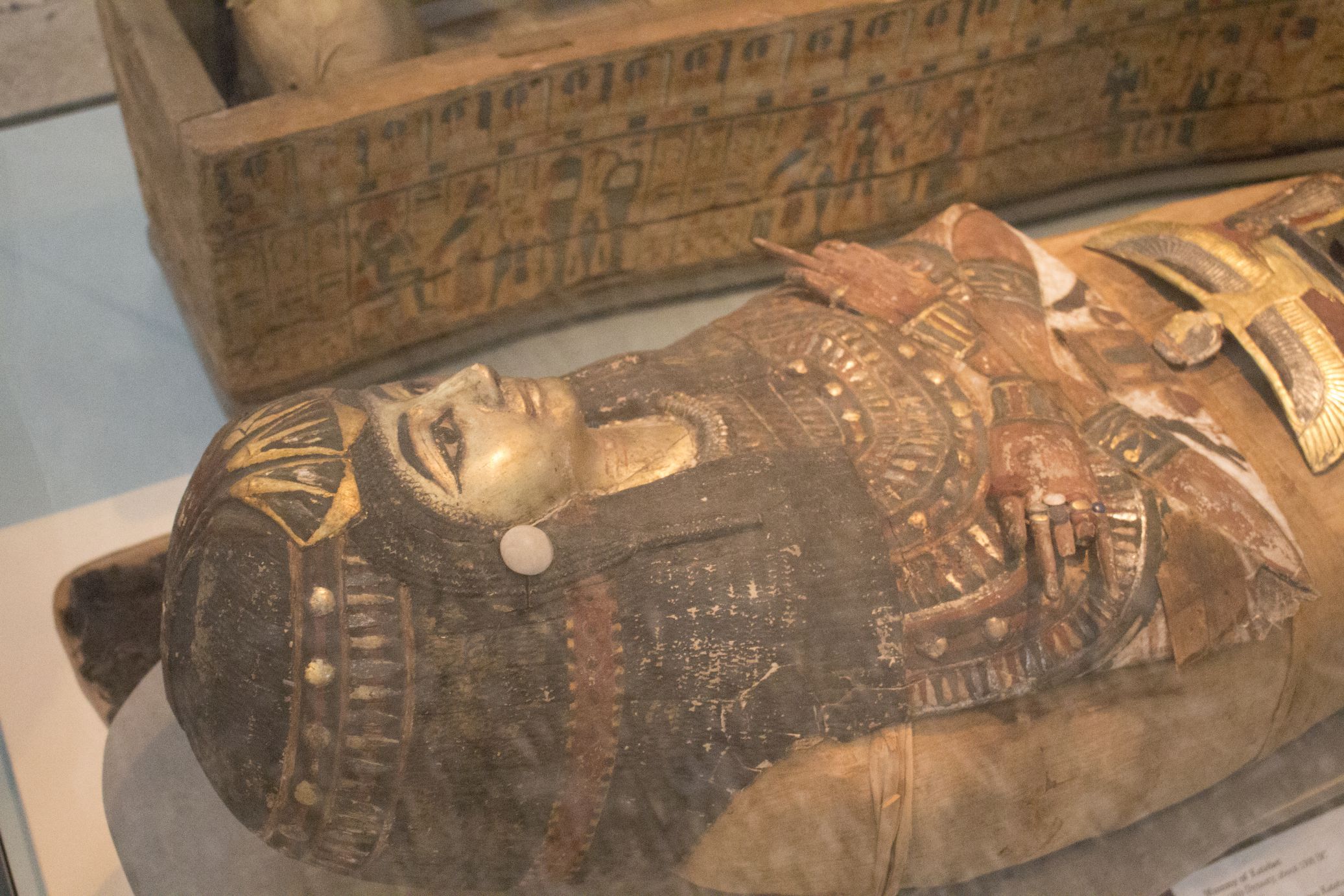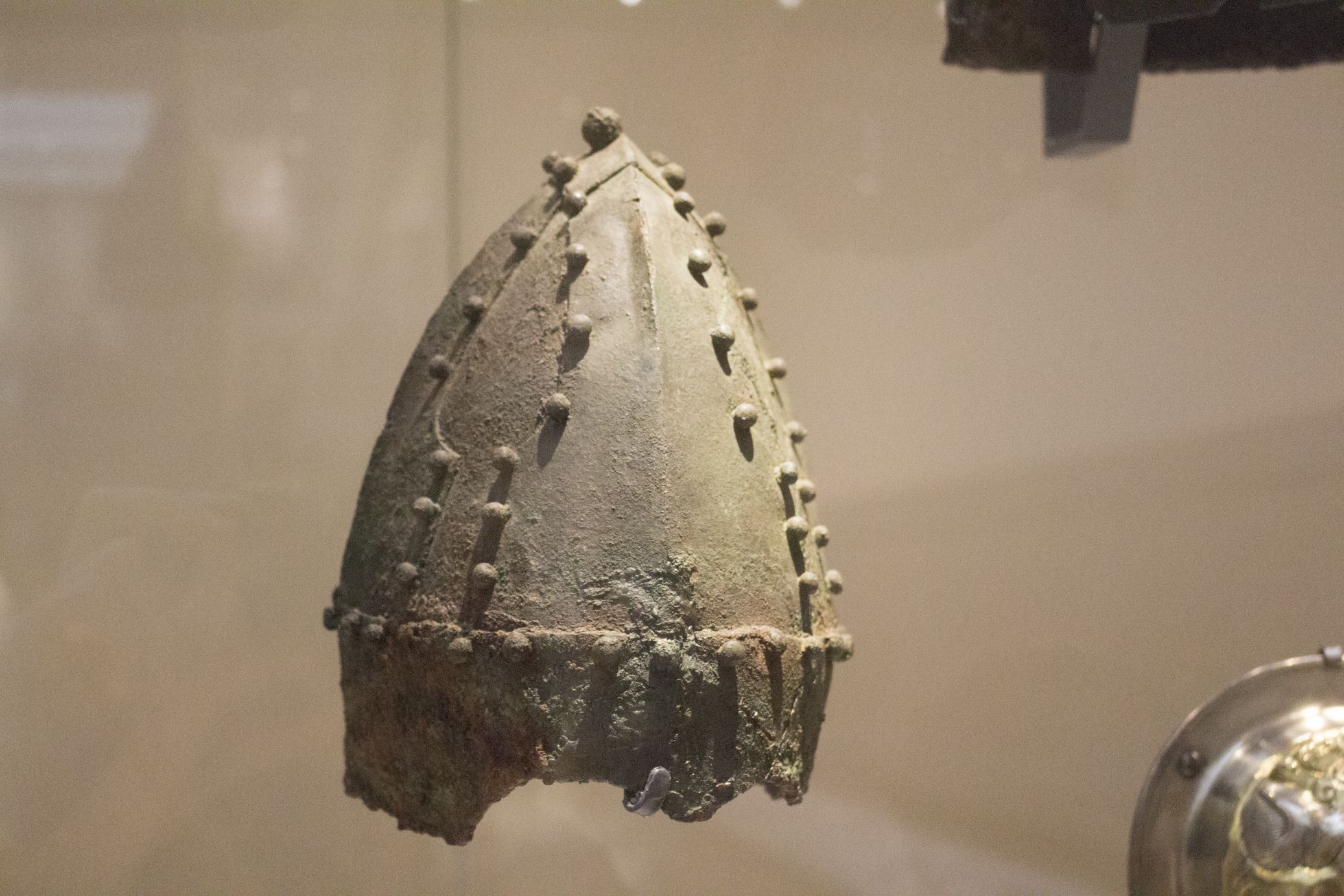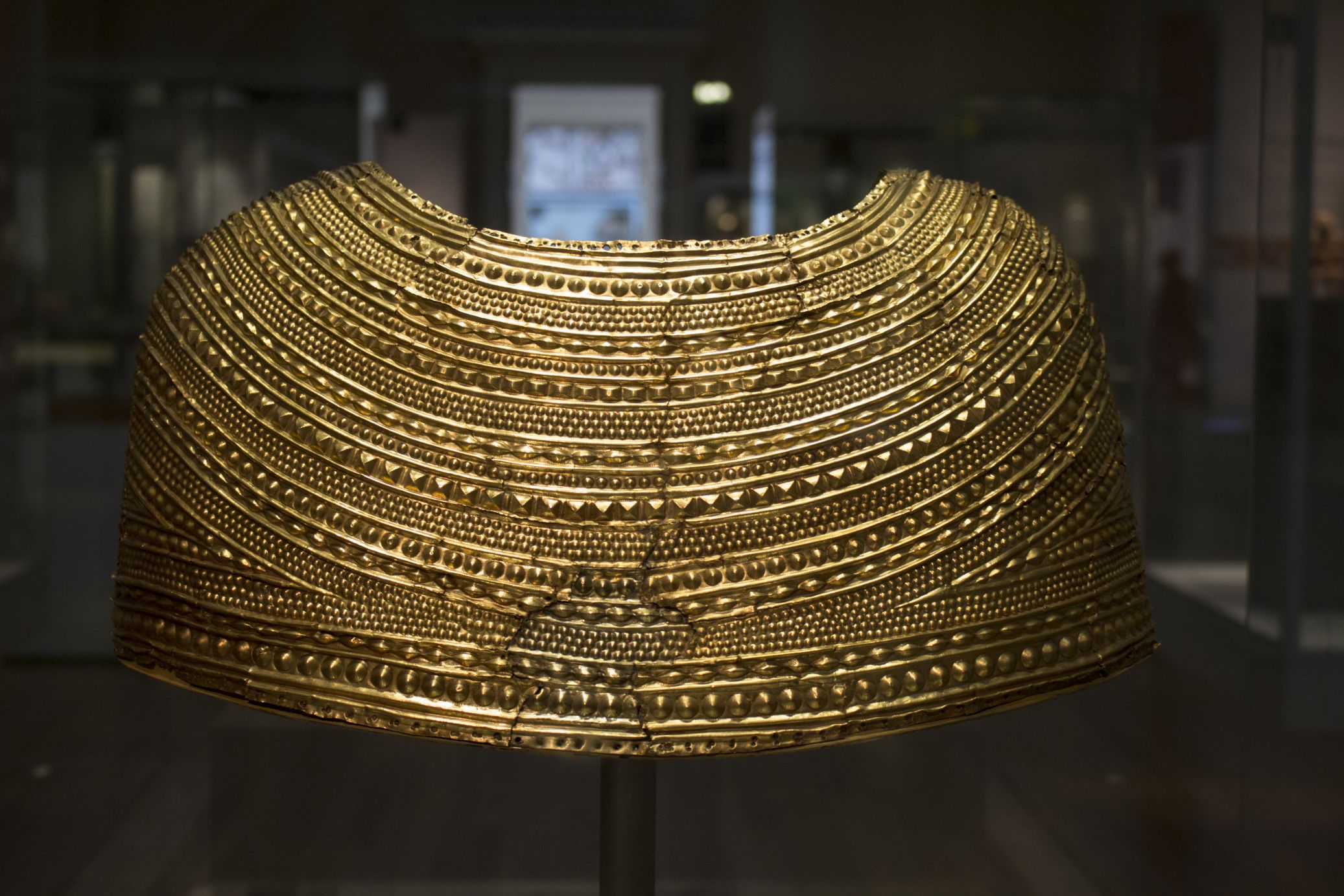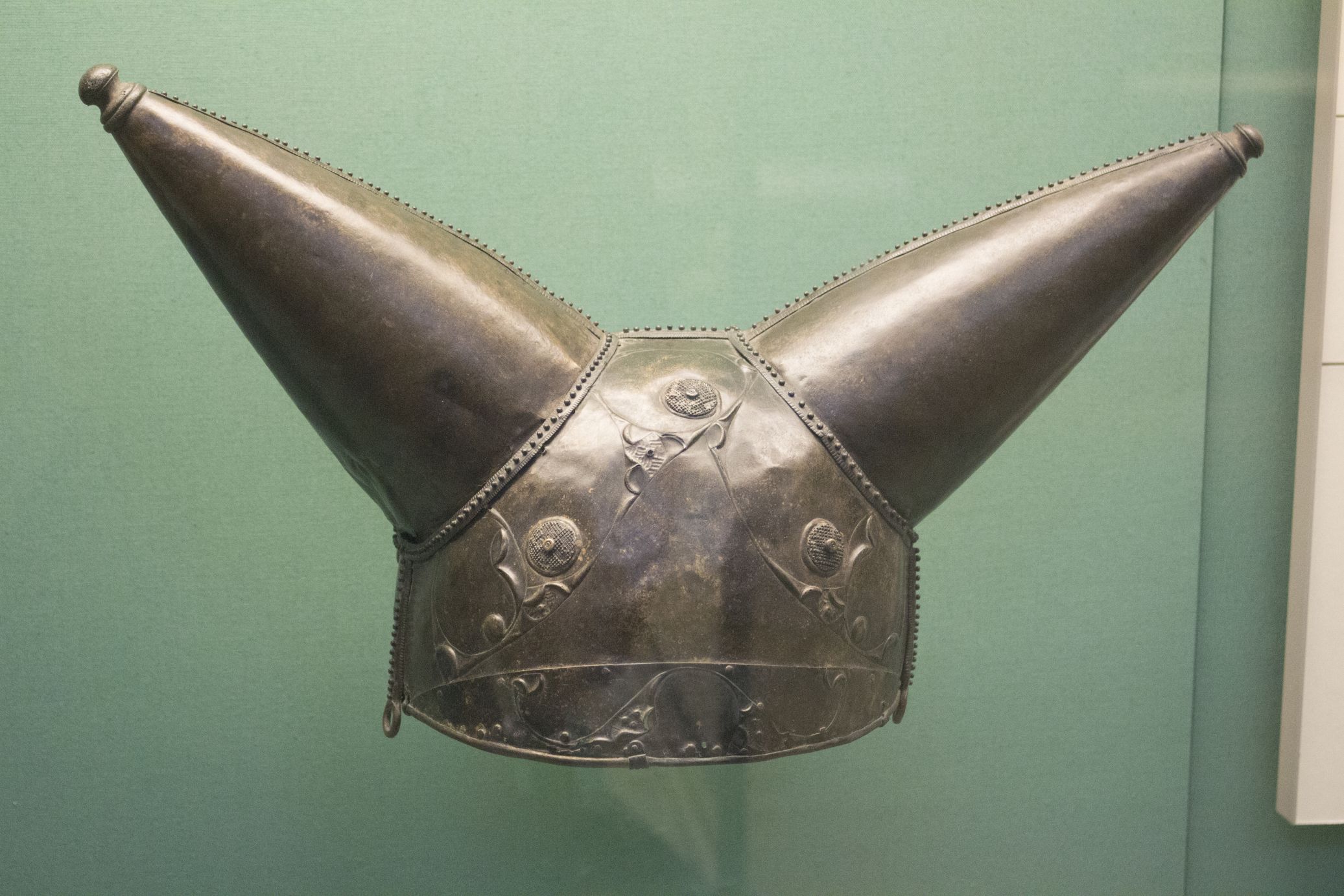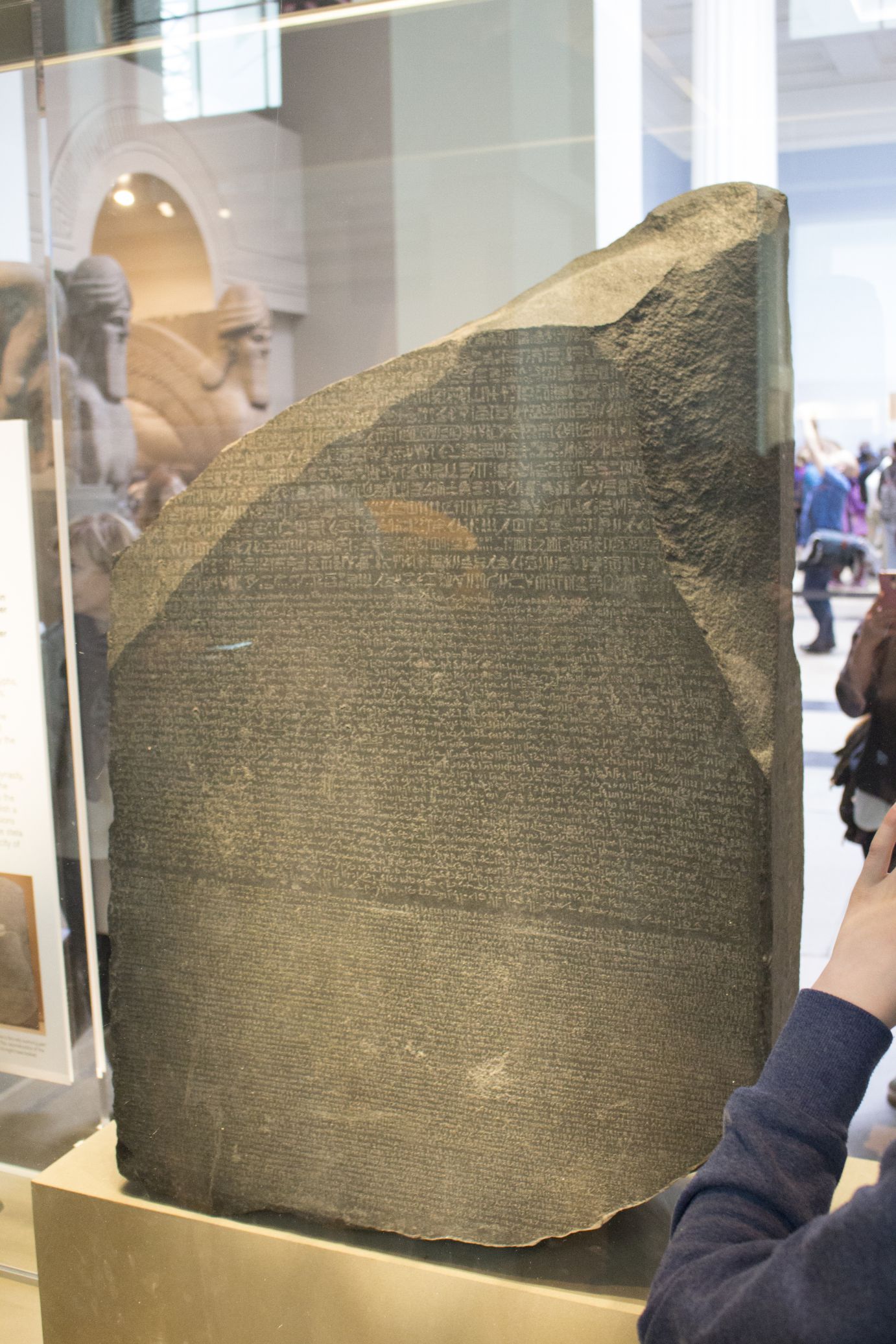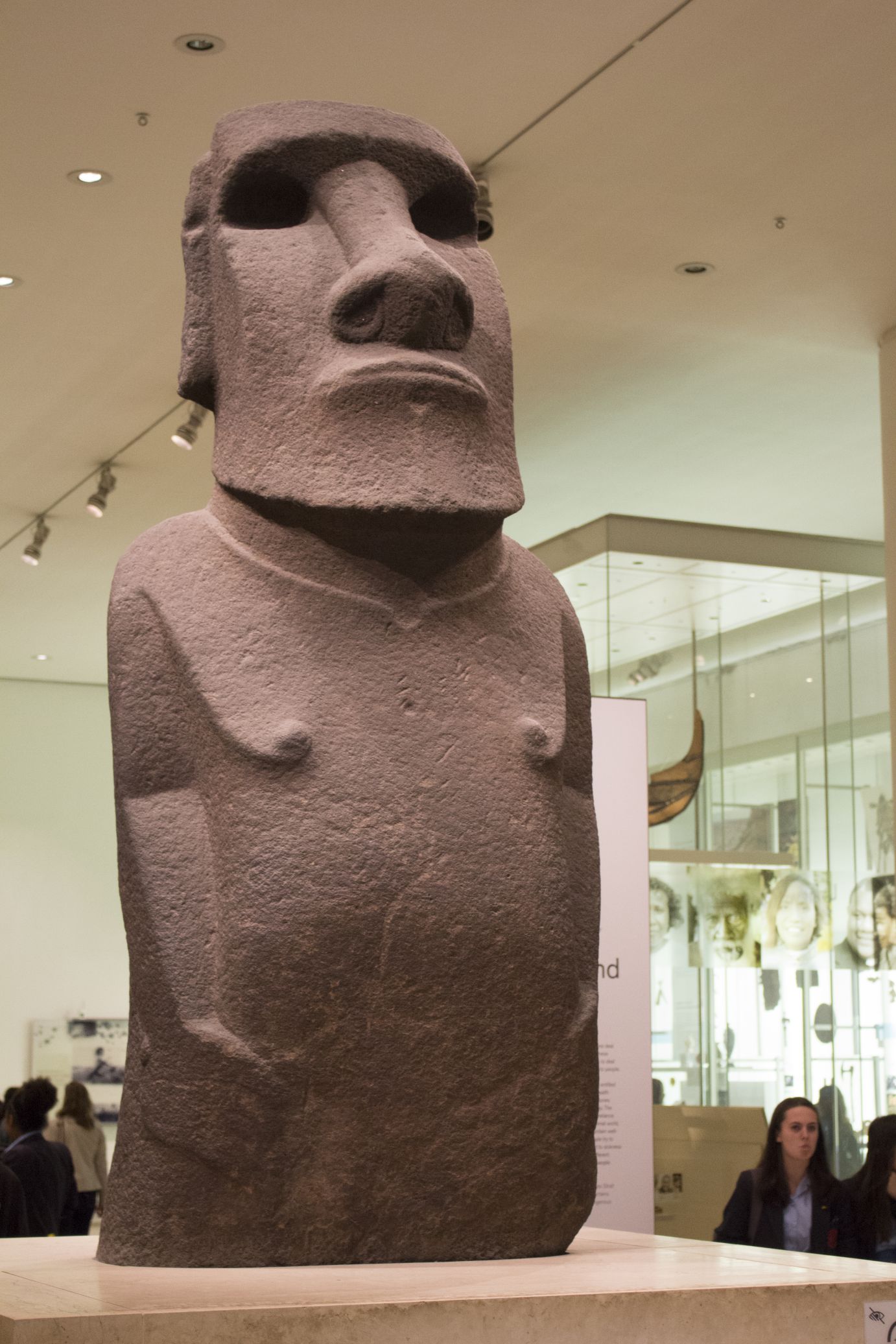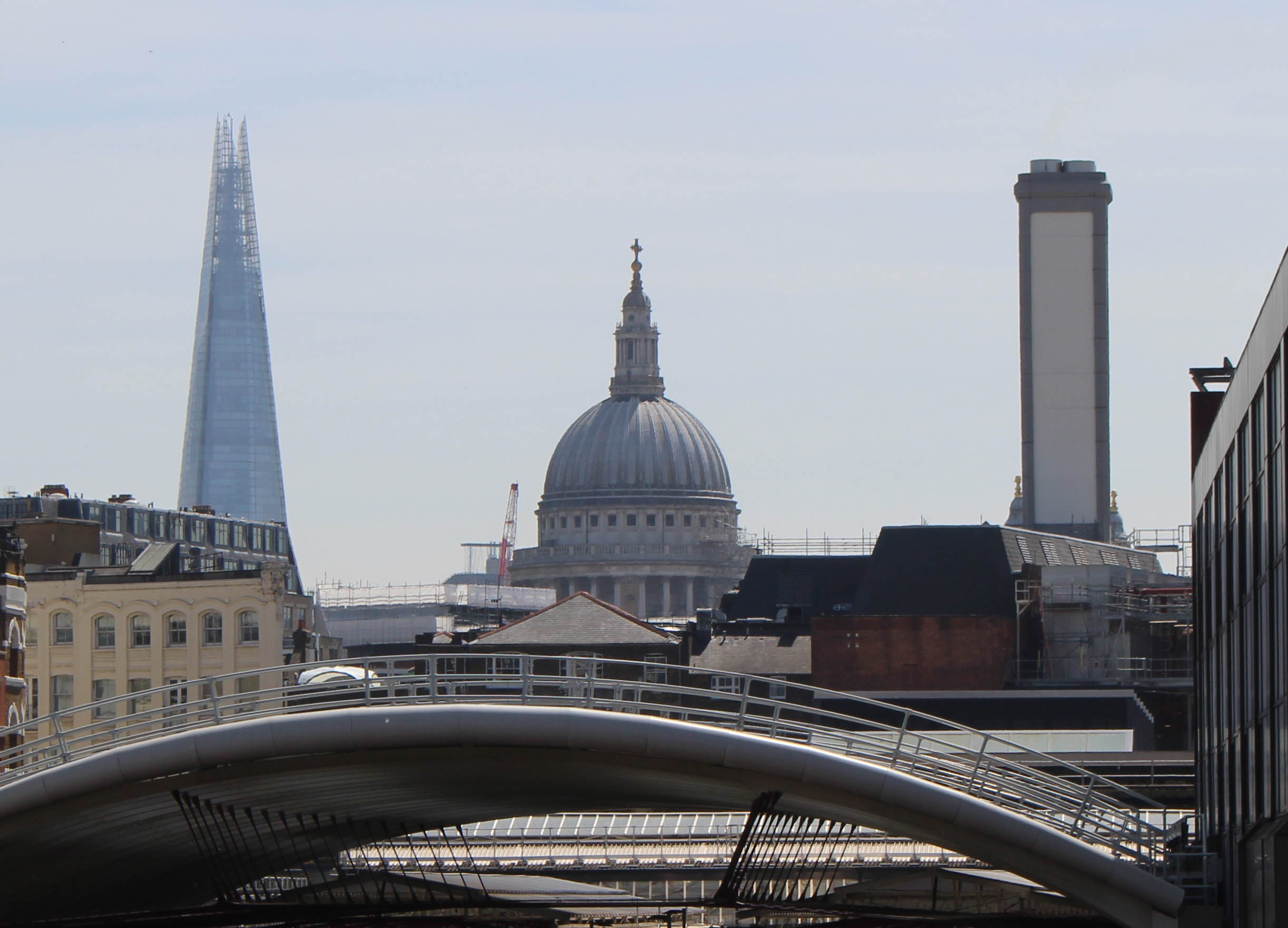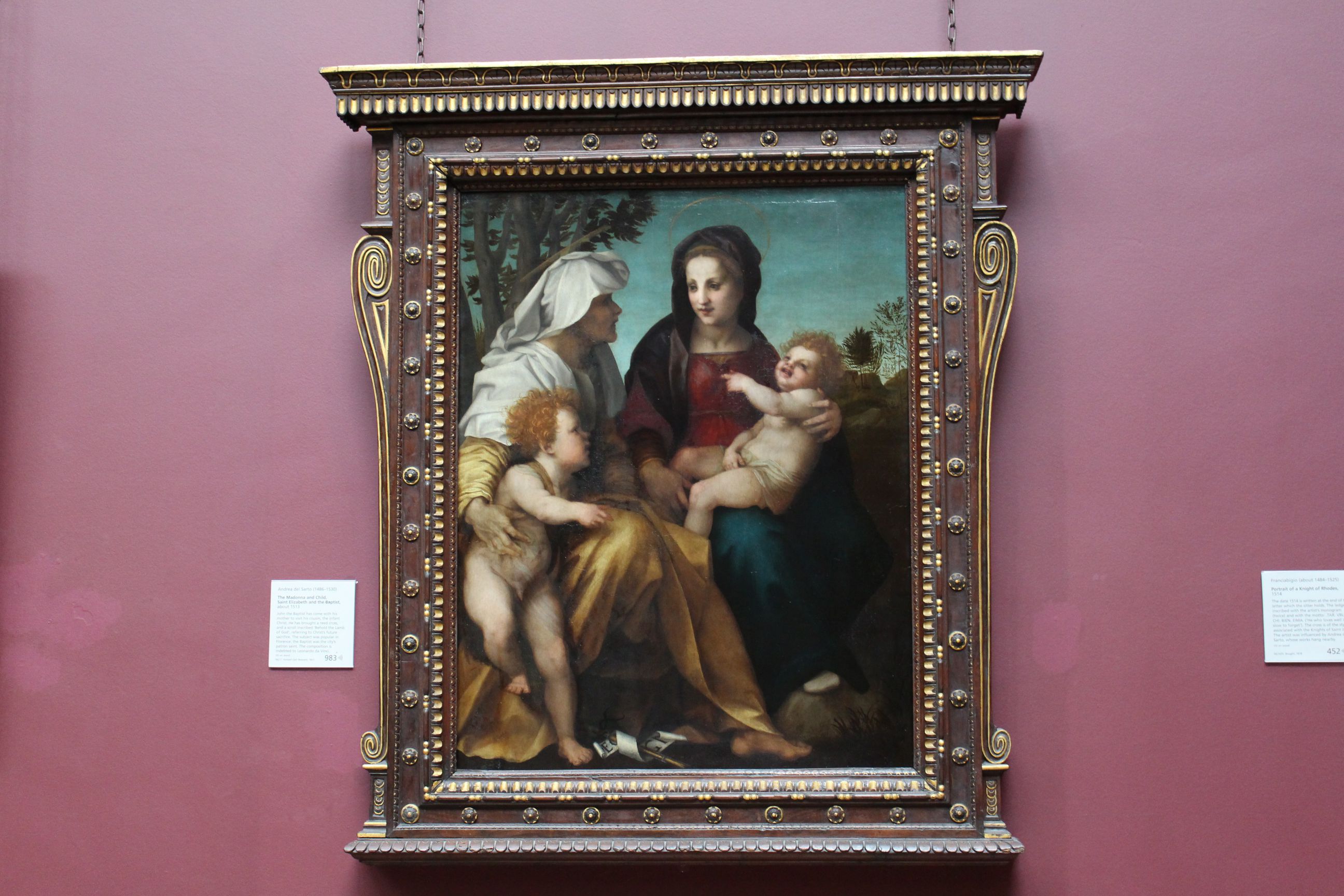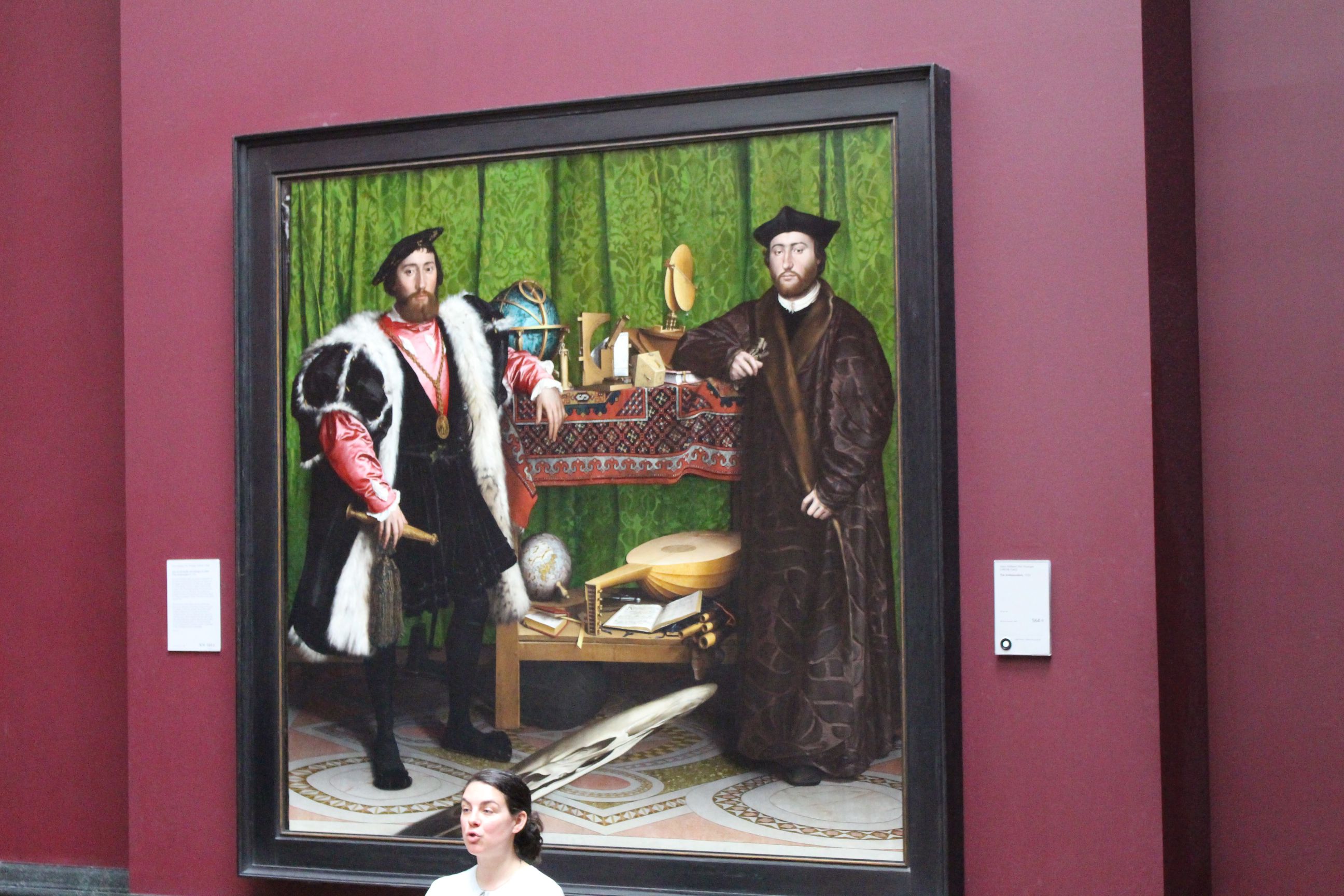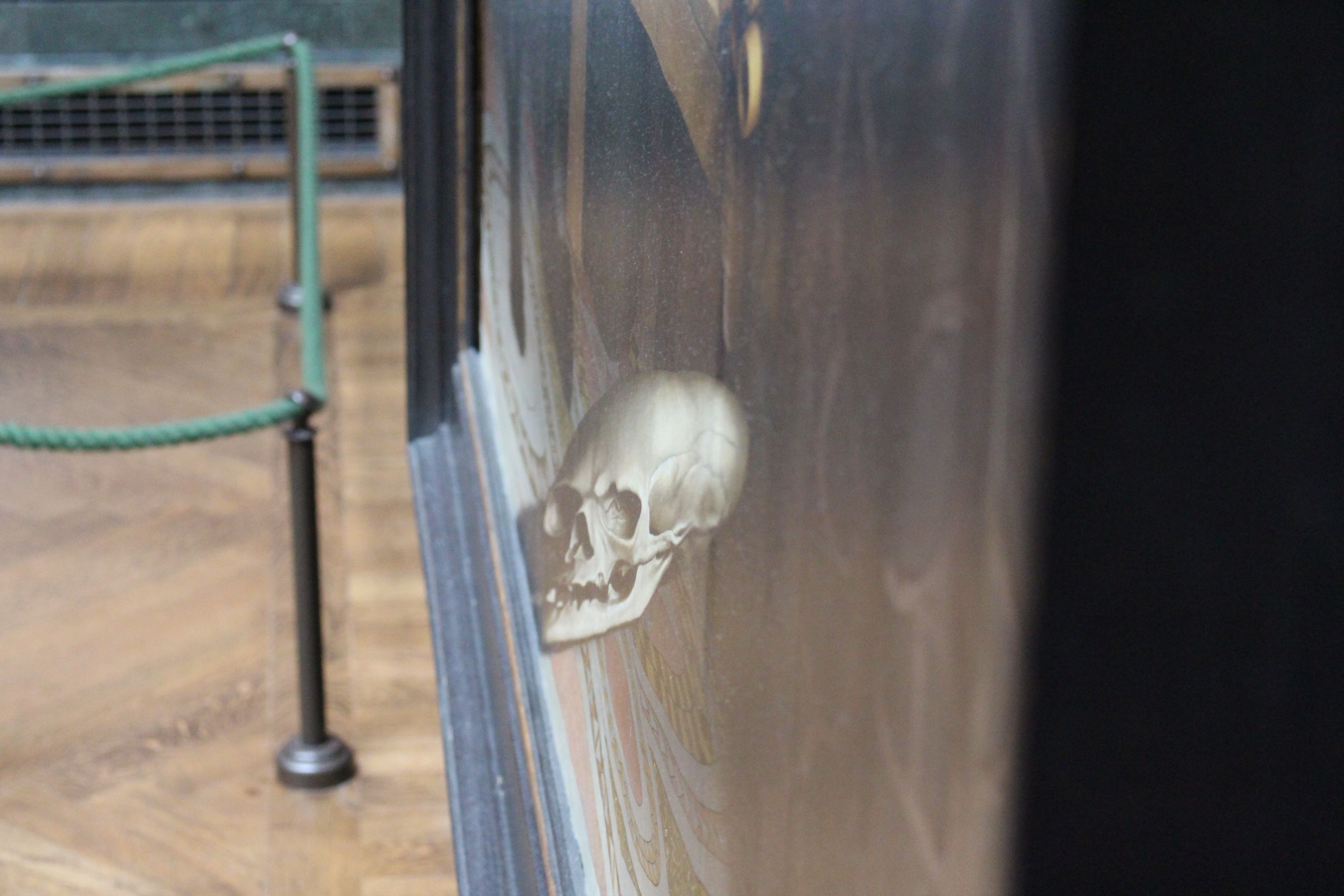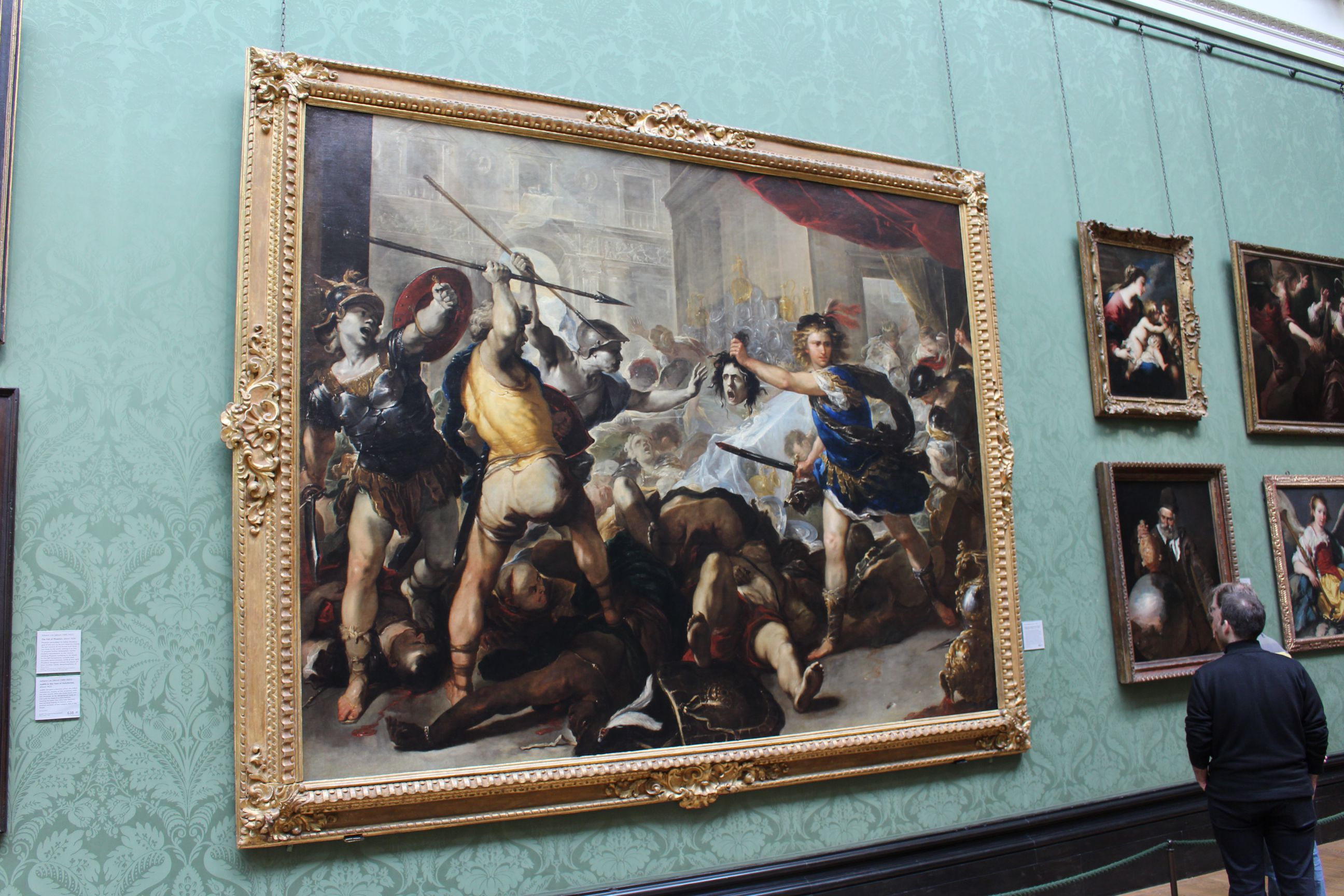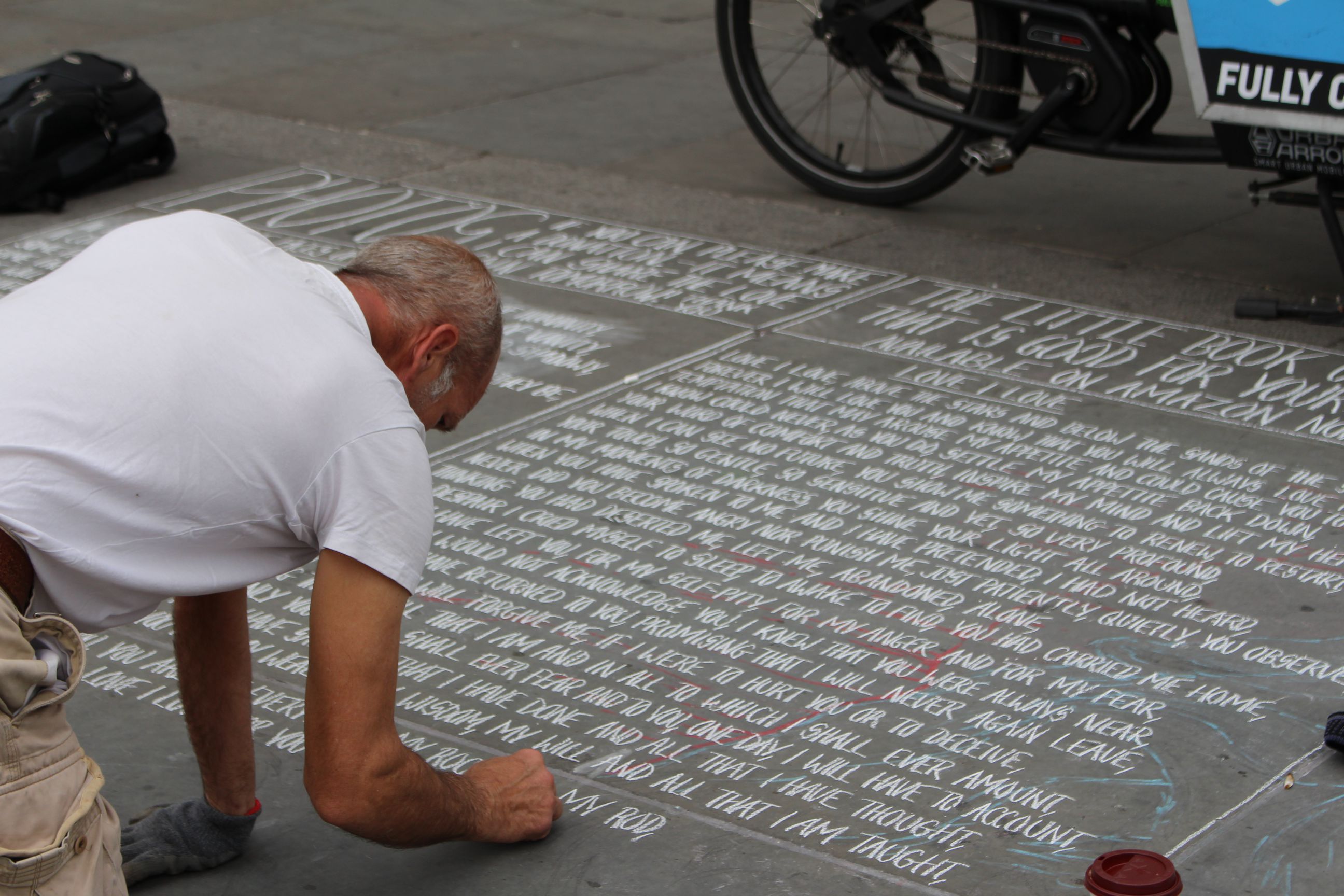Difference between revisions of "Pberetich"
From Londonhua WIKI
(→Overview) |
(→National Gallery) |
||
| Line 98: | Line 98: | ||
<br> | <br> | ||
<br> | <br> | ||
| + | |||
| + | ==Natural History Museum== | ||
| + | It took a 40 minute trip to get to the Museum, so needless to say we had high expectations for it. I did enjoy the Earthquake simulator, and the display of rocks and minerals in the museum, but it was not as good as the one in New York City, for a few reasons. It was obviously geared towards a younger audience, which is understandable, but it was not as enjoyable for college students. The dinosaur collection was not very diverse, but had several collections of the same dinosaur, which in itself was impressive. The overuse of fossil molds and poor layout of the museum was disappointing however. I will say that for a free museum it is still worth a trip. | ||
| + | <br><br> | ||
===My Complete Contributions=== | ===My Complete Contributions=== | ||
[[Reformation#Effects_on_the_construction_of_St._Paul.27s_Cathedral_in_the_17th_century|Reformation/St. Paul's]] | [[Reformation#Effects_on_the_construction_of_St._Paul.27s_Cathedral_in_the_17th_century|Reformation/St. Paul's]] | ||
Revision as of 18:11, 12 May 2017
 | |
| YouTube | www.youtube.com/c/PeterBeretich |
|---|---|
| Website | www.peterberetich.com |
Overview
The aim of my project is to determine how the Brexit vote and measures being taken affect the British people, and comparing the media's coverage to the resulting vote. Previously I have taken Modern European History and Video Production, and plan on combining what I have learned in each to create an aesthetically pleasing visual medium to display my research on the stated topic. During my time in London I hope to better understand how social and economic factors play a role in globalization.
Milestone 1
Brexit and Businesses
Objective: How has the Brexit vote and recent measures affected business owners?
-
Read More
Milestone 2
Businesses and Historians
Objective: How does the reaction from historians and economists to Brexit compared to how business owners have reacted to this?
Below the objective statement, Insert a one or two paragraph summary of your findings from having reached this milestone. Edit the link below to link to your milestone page.
Read More
Milestone 3
Film and Documentary
Objective: Have the findings been displayed in a visually pleasing and clear to understand medium?
-
Read More
Activity Journal
The activity journal represents an ongoing log of reflections gained through each and every project activity on the calendar.
May 8th, 2017
Westminster Abbey, Tower of London
We started the day at Westminster Abbey, where a tour guide led us through the nearly thousand year old building. As we walked through the abbey, we were told about the many bodies buried there, and the large number of memorials there. Famous individuals such as Sir Isaac Newton, Charles Darwin, and many politicians, aristocrats and royalty were buried there, but as the Abbey ran out of room they switched to storing cremated remains. The tour guide also showed us the Shrine of Edward the Confessor. Pieces of the shrine near the bottom had been removed, likely from individuals making pilgrimages to the shrine and keeping mementos.
The Tower of London was next on the itinerary. As we approached the entrance, the view of the castle and the Tower Bridge in the background was spectacular. To enter we crossed over the moat, where there was a trebuchet resting peacefully. A group of schoolchildren ran around the moat, with some running up to the walls in an attempt to scale the structure. As soon as we entered the western wall, a beefeater began to tell us the story of two princes who died in the tower. During the late 15th century, the two princes, one of whom was Edward V, who was supposed to be crowned King of England. However, after the two boys disappeared, their protector, Richard, Duke of Gloucester was crowned Richard III of England. During the 1600s two bodies believed to belong to those children had been found.
British Museum
My group entered the British Museum at 10 in the morning, and from there we went on our way in smaller groups of 2 or 3. I began on the top floor with the ancient Egyptian exhibit with a collection of mummies that puts the museums in the United States to shame. As I continued through the museum, I followed a timeline of human history, seeing artifacts from the Vikings, Mesopotamians, Romans, and more. What was very intriguing was how some of the most interesting artifacts were discovered in some of the most mundane-seeming of places. For example, the Waterloo helmet, pictured below, was found near the Waterloo bridge, in the River Thames. And the Rosetta Stone, used as a part of a medieval fort in Egypt, was found by a Napoleonic campaign. The stone, which was simply used to declare the institution of a cult after the coronation of King Ptolemy V, around 200 BC. This rock, even with such a modest origin, provided the key to an entire language.
St. Paul's Cathedral
We woke up bright and early to get to the Cathedral before 8:30. We got to the church, and after a short wait were able to enter. We received our tickets and tour guide handhelds and were set free. On the outside the building is magnificent, but on the interior it is even more so. Throughout the tour we learned interesting pieces of information, including how the organ was split in two once the screen blocking the main altar was removed, how the interior dome is actually separated from the outer dome by a brick cone, and how the English church struck down several of the architect Christopher Wren's initial plans because they were "too catholic." This last fact I found particularly interesting, and led me to write an article for this site on the topic.
National Gallery
Outside of the National Gallery, right before the doors open, homeless artists use chalk to create their work displayed on the ground daily. Inside the gallery, we browsed the artwork for a good two hours today, seeing some magnificent pieces. You can notice patterns in what artists find inspiration in when painting. There were many pieces on Christ and John the Baptist, from pictures of when the two were infants to later in each of their lives. Another common theme was the nativity of Christ, as well as pieces on Mary Magdalene. Also common were paintings of Greek mythology, including one by Luca Giordano on Perseus turning Phineas to stone.
On our way through the gallery we found art students sketching replicas of pieces there. A group of French schoolchildren were learning about the paint "The Ambassadors," by Holbein, which has incredibly detailed still-life components, as well as a famous anamorphics skull. This skull is only clear when viewed from the high right side of the painting or the low left side.
Natural History Museum
It took a 40 minute trip to get to the Museum, so needless to say we had high expectations for it. I did enjoy the Earthquake simulator, and the display of rocks and minerals in the museum, but it was not as good as the one in New York City, for a few reasons. It was obviously geared towards a younger audience, which is understandable, but it was not as enjoyable for college students. The dinosaur collection was not very diverse, but had several collections of the same dinosaur, which in itself was impressive. The overuse of fossil molds and poor layout of the museum was disappointing however. I will say that for a free museum it is still worth a trip.
My Complete Contributions
All of My Created Content and Edits
